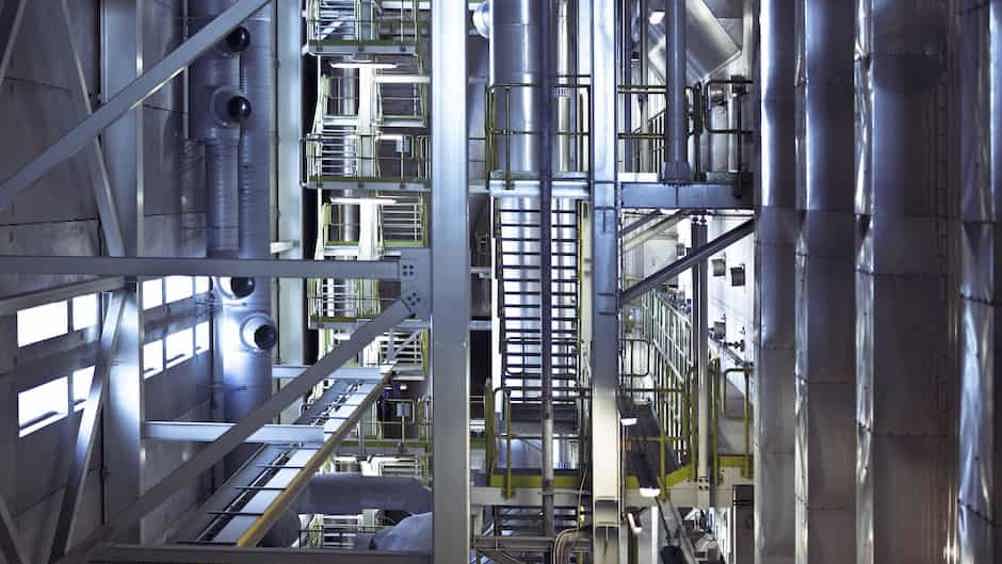Decarbonising heat becomes a hot topic

Engineers in the energy distribution and heating industry are working on a daunting but exciting challenge that recently received a government boost.
About half of all energy consumed is used to generate heat and hot water and, to achieve government carbon targets to comply with UK’s Paris Agreement obligations, the carbon intensity of this energy needs to be reduced by 90 per cent by 2050. As vast amounts of waste heat produced by sources from processing plants, data centres and even sewage are going, literally, up the chimney, it's little surprise that the UK’s energy and heat policy is now focused on capturing this heat to distribute it to consumers, cutting CO2 emissions and lowering the amount of energy required to heat water.
Engineers and heat experts are looking to Europe to adopt a system that redesigns heating and energy into a smart, decarbonised, integrated system – heat networks.
Traditional heating systems like gas boilers, tend to be binary – either “fully on” or “off”, requiring high energy inputs to raise the temperature of water from the ambient temperature to be useful for heating buildings, say to 40°C. A heat network, drawing heat from waste sources, is designed to supply water at a higher temperature than the environmental temperature (that might be 10°C or lower), thereby lowering the energy needed to heat it up.
Register now to continue reading
Thanks for visiting The Engineer. You’ve now reached your monthly limit of premium content. Register for free to unlock unlimited access to all of our premium content, as well as the latest technology news, industry opinion and special reports.
Benefits of registering
-
In-depth insights and coverage of key emerging trends
-
Unrestricted access to special reports throughout the year
-
Daily technology news delivered straight to your inbox










Water Sector Talent Exodus Could Cripple The Sector
Well let´s do a little experiment. My last (10.4.25) half-yearly water/waste water bill from Severn Trent was £98.29. How much does not-for-profit Dŵr...